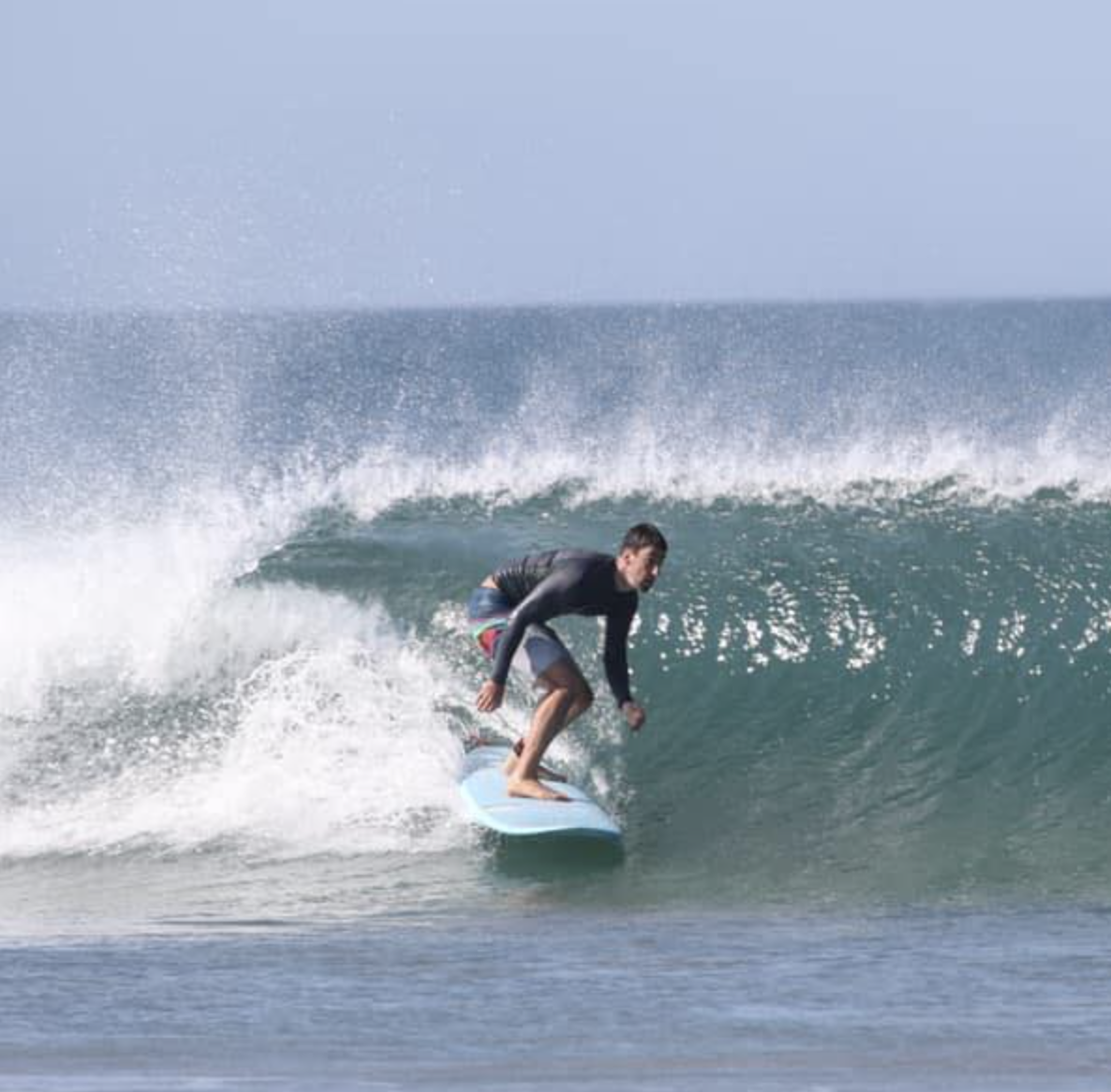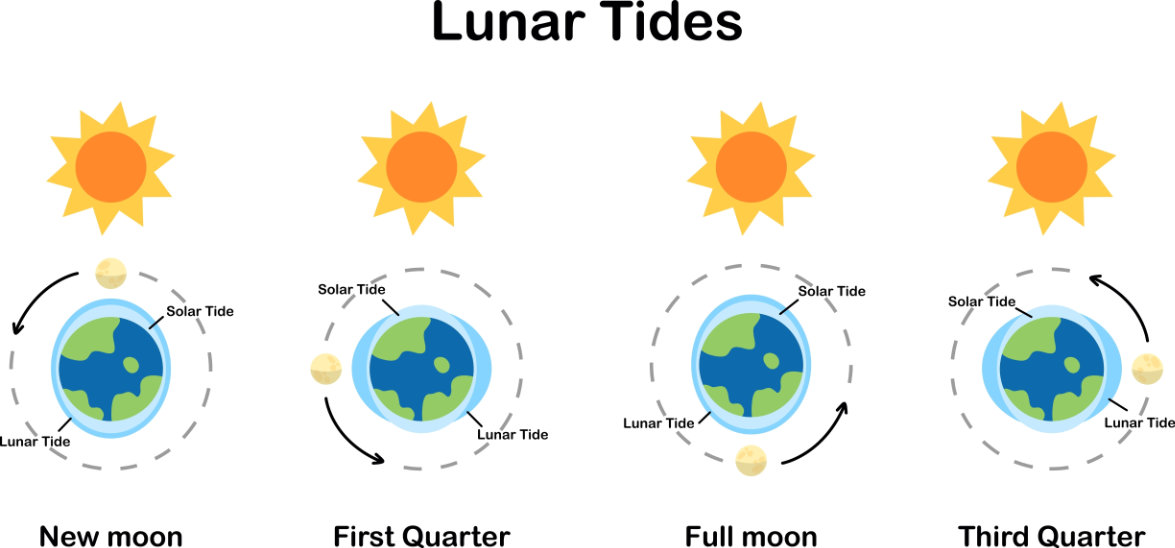The ocean tides have a significant impact on the ever changing surf conditions. Most surf spots are ideal at a particular tide height on a given swell. Below are some common questions regarding tides and their influence on the surf. å
What creates the changing tide ranges?
Most people are aware of the influence of the moon on the tides, but it is really both the sun and moon’s gravitational forces and how they align together that create the tidal variations. It is when the moon is in alignment with the earth and sun (new or full moon), that we see an additive effect, where both the sun and moon's gravitational forces align in the same direction. This will cause higher than average high tides and lower than average low tides. Additionally, since the orbits of the earth and moon are elliptical, there are times when the earth is closer to the sun (perihelion, around January 2) and when the moon is closer to the earth (new moon phase). These closer proximity times are also associated with greater gravitational forces and above normal tide ranges.
Why are some surf spots high tide spots, while others are low tide spots?
Every surf spot has a different bathymetry profile (ocean depth variation). Depending on this profile, some spots will work best when the water levels are lower, while others work best when there is an increase in the water depth. A wave will break when it interacts with the ocean bottom so much that the motion of the wave becomes unstable and topples over. This is directly dependent on the ocean bottom depth. If the tide changes 6 feet during a given tide cycle, this will greatly influence the depth of where the wave starts breaking and how the wave will break.
Why is the incoming tide generally better than outgoing tide?
Many surfers are aware that the incoming tide often allows for bigger surf than the outgoing tide. The reason for this is that the changing tide direction will influence the nearshore ocean currents. Ocean currents are an often overlooked factor in surf forecasting. An ocean current can refract swell energy toward or away from the coast. The incoming tide can create an ocean current towards the coast and increase swell energy, and vice versa for the outgoing tide. These currents are most significant near river mouths, inlets, and bays, where you have a flow of water coming in or out of the inland water bodies.

